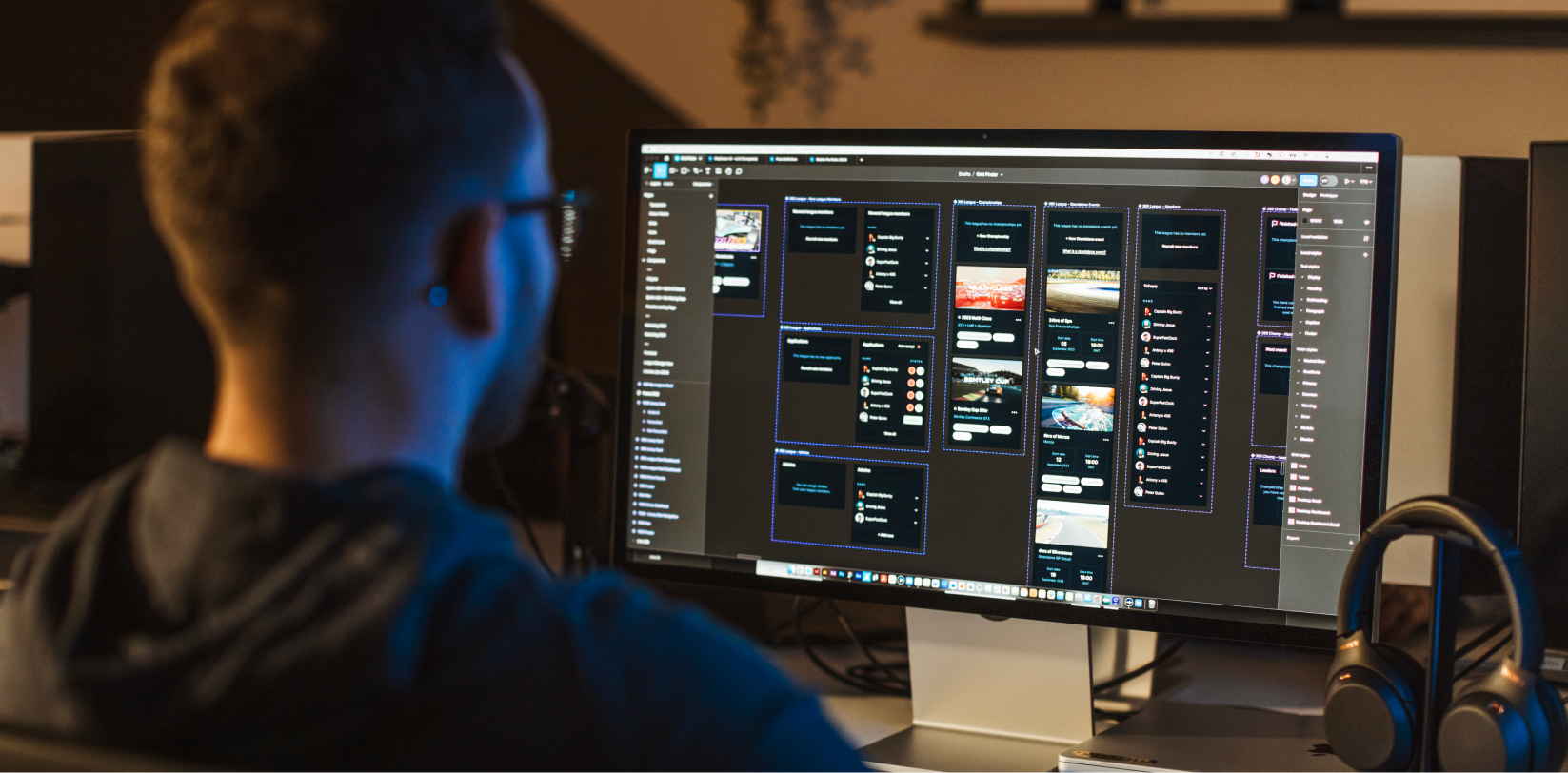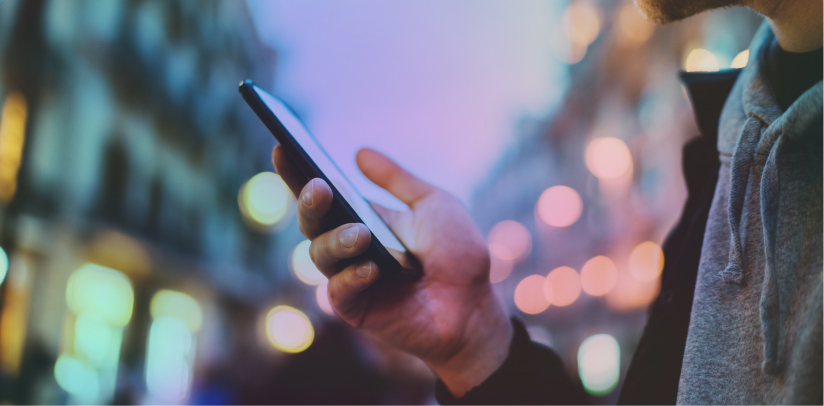Logos have always played a huge role in brand identity, as they are often the first thing people see when coming into contact with a business.
The first company to use a logo is believed to be Stella Artois in 1366 and their golden horn symbol has stood the test of time, with its core elements still appearing on bottles sold today.
However, whilst logos have been a pillar of brand identity over the years, our requirements and needs from logos have certainly changed.
With the increased exposure to companies, ads and other marketing materials – thanks to developments in digital technology – businesses and brands need to stand out from the crowd and ensure their logos look good and function well on a variety of different mediums.
Today, we’re taking a look at how the logo has evolved and what you need to consider when designing one in 2019 and beyond.
Your logo needs to visually stand out.
It’s crowded out there.
Over the past two decades, the internet has transformed the way we live, allowing more and more companies to shout about their products and services – quickly, easily and cheaply.
The average person is exposed to hundreds – if not thousands – of adverts per day. These ads come in all shapes and sizes, from the more traditional means like radio, TV, billboards and printed media, to online ads, social media promotions and sponsored digital content.
We challenge you to tot up how many ads you’re exposed to in 24 hours.
In 2015, marketing expert Ron Marshall carried out a similar experiment and by the time he’d finished his breakfast, he had counted 487 ad messages. But, what does all this mean for logo design?
For a start, your logo needs to stand out, communicate effectively and make an impact within the first few seconds.
A great way to do this is to go against the grain of your industry. If your competitors love a blue, corporate logo, why not break the mould with something vibrant?
Your logo needs to function on all screen sizes and marketing material.
On top of making a visual impact, your logo must be able to translate well, regardless of size or screen dimensions.
Again, with the increase in the number of people accessing information and content on their mobile phones and tablets, your logo needs to be able to look great on a range of different screen sizes, as well as in print.
We’ve spoken in-depth about how important responsive design is previously – essentially, your logo needs to be recognisable at any size, from a small social media icon to a 10-foot billboard and everything in between.
An example of this is the rise in the icon-style logo. Many businesses are opting to design an additional short-hand version of their logo, alongside their full logo, for use on social media platforms.
Of course, this is by no means an exhaustive list of how our needs from logos have changed, it’s simply a brief look at how logos have evolved and will continue to evolve over the years. It’s also important to remember that your logo isn’t everything and there are many ways your brand can make a true in pact in a crowded market.
If you would like some actionable tips on how to design a logo, please read our blog post ‘How To Design and Effective Logo’. In the meantime, if you do have any questions, please speak with a member of our team right now.


